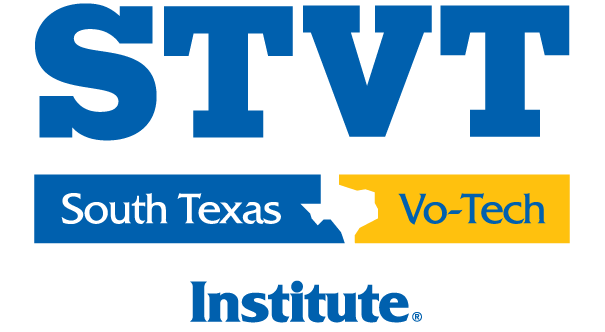Welding Definitions
Welding is the process by which metal pieces are joined together, creating strong bonds that are vital in building everything from skyscrapers to cars. But before we dive into the sparks and heat, let’s start with the basics.
Have you ever wondered how welding works? Or what do those terms like “arc welding” or “MIG welding” actually refer to? In this guide, we’re going to unravel the mystery of welding by exploring essential terms and definitions. So grab your safety goggles, and let’s embark on this journey through the world of welding.
Welding Basics
At its core, welding is like using a super-powered glue gun for metal. It’s a process where two or more pieces of metal are joined together using heat and pressure. Back in ancient times, blacksmiths used heat from fires to weld metal together. Fast forward to today, and we have a wide range of advanced welding techniques and tools. There are different types of welding processes, each with its own unique way of melting and joining metal. Some common types include arc welding, where an electric arc is used to melt metal, and MIG welding, where a wire electrode feeds into the weld pool. These techniques might sound complex, but don’t worry, we’ll break them down into simple terms as we go along.
Essential Welding Terminology
First up, we have the welding machine, which is like the engine powering the welding process. It supplies the electricity needed to create the heat for welding. Then there’s the welding helmet, a welder’s trusty shield against the bright sparks and harmful UV rays produced during welding. Next, we have the welding electrode, a metal rod that melts and forms the weld when it comes into contact with the workpiece. Another crucial term is welding wire, which is often used in processes like MIG welding to feed filler material into the weld pool. And finally, we have shielding gas, which protects the weld from contamination by creating a barrier around it.
Advanced Welding Terminology
As we continue, we encounter more advanced terminology that professionals use to refine their craft. One important set of these terms would be base metal, weld metal, heat-affected zone (HAZ), and fusion zone. Base metal refers to the primary metal being welded, while weld metal is the metal added during the welding process. The heat-affected zone is an area near the weld where the properties of the metal are altered by the heat of welding, and the fusion zone is where the base metal and weld metal merge.
Additionally, understanding various welding processes such as submerged arc welding (SAW), flux-cored arc welding (FCAW), gas tungsten arc welding (GTAW), and gas metal arc welding (GMAW) opens doors to specialized techniques and applications. Delving into these advanced terms and processes expands our understanding of welding and empowers us to tackle more complex projects with confidence.
Has your curiosity sparked into a desire to start your own welding journey? Advanced welding topics are best explored with practical, hands-on training led by industry-experienced instructors. Whether you’re fascinated by the sparks or eager to build something with your own two hands, consider exploring welding programs at South Texas Vocational Technical Institute. With campuses in San Antonio, Weslaco, and Corpus Christi, STVT offers hands-on training and expert instruction to help you turn your passion for welding into a rewarding career.
For more information on welding education and training programs, give us a call at (210) 782-8000 or you can visit our website at stvt.edu.
Blog Disclaimer: Information within this blog is for general information purposes only. STVT does not assume or guarantee certification/licensures, specific job/career positions, income earning potential or salary expectations based on the programs offered at STVT. Career and program information statements in this blog do not guarantee that programs or other information mentioned are offered at STVT.



